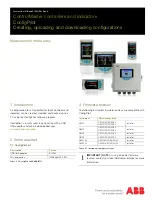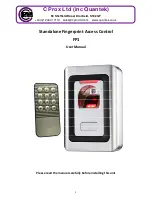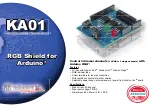Chapter 7
Troubleshooting
7.1 Registering a face
This section describes the steps that can be taken to help debug potential points of failure when attempting to perform face
registration and recognition. If after following these steps you still cannot identify the cause of the issue, head over to the section
of the NXP forum dedicated to the SLN-VIZN3D-IOT kit to reach out for additional assistance.
7.1.1 Adjust face proximity and position
Because face recognition makes use of face “identifiers” to determine the face being looked at, it is important that these identifiers
can be seen by both cameras. Oftentimes, an improper face angle and/or the proximity to the camera can cause registration to
fail. Shown below are a few examples of improper usage.
Figure 79. Improper face angle & proximity
When attempting to register a face, the face should ideally take up a majority of the bounding box, be centered inside the bounding
box, and staring straight-on at the camera. To help ensure that the proper face angle is used, it can be helpful to slowly move the
face from left to right and up to down.
The 3D module of the Orbbec camera is calibrated to properly scan a face between 0.3 m and 1.0 m. If the user's face is positioned
closer or further away, the depth information will be invalid and the application will generate a "fake face" message.
7.1.2 Debug using log messages
Log messages can provide useful information when debugging registration issues, especially when it comes to debugging
issues with liveness detection. Follow the steps in the
section of the guide for more information
on how to activate logging messages. The on-screen indicators can be particularly helpful in identifying what is going wrong
during registration.
NXP Semiconductors
SLN-VIZN3D-IOT Kit User Guide, Rev. 0, 01 November 2021
User Guide
43 / 47

















